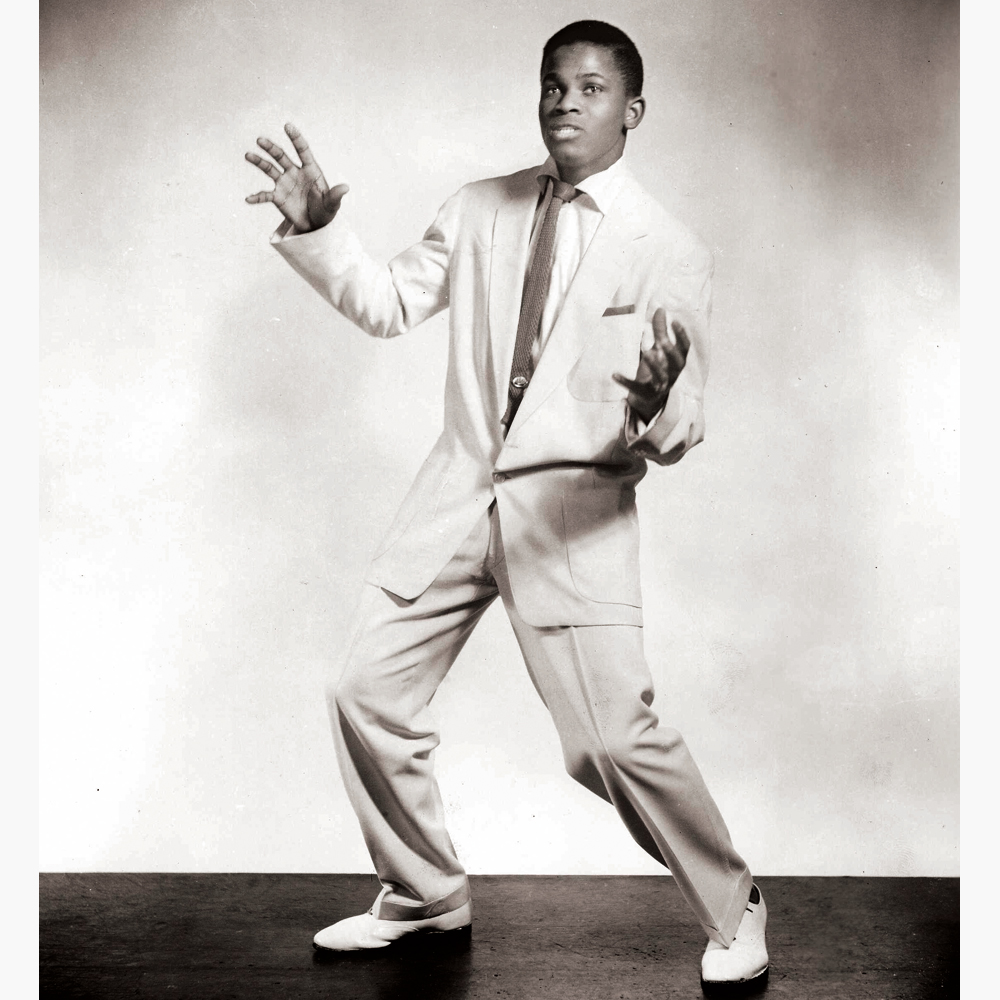Although he’s largely forgotten today, Joe Tex was a
hugely popular R&B singer for about five years
in the late Sixties, notching
eight Top Ten hits on the R&B charts between 1964 and 1968, including three
Number Ones. Most of his pop success followed in the 1970s, after his R&B career had cooled off a bit. But he was perhaps most famous for his feud with James Brown. Each
man claimed the other stole his dance moves and mike-stand tricks, and Brown
covered Tex’s “Baby You’re Right,” just after Tex’s version came out, then had
the temerity to have the bigger hit with it.
In 1960, Brown cut a duet with Tex’s ex-wife, Bea Ford,
a song called “You’ve Got the
Power." Then Brown sent Tex a letter saying he was done with Ford, and
that Tex could have her back. This prompted one of the greatest answer records
of all time: Tex’s “You Keep Her”:
James,
I got your letter
It
came to me today
You
said I could have my baby back
Well,
I don’t want her that way
So
you keep her
Brown eventually showed up at a nightclub where Otis
Redding was singing, while Tex was in the audience, and started firing a shotgun
in Tex’s general direction. Several members of the audience were hit while Tex
ran outside and hid in the bushes. That appeared to be the end of it,
thankfully.
Tex went on to have a handful of crossover pop hits,
starting with “Hold What You’ve Got,” which went to Number 5 in 1965. “I Gotcha”
went to Number Two in 1972, and after the fluke semi-novelty “Ain’t Gonna Bump
No More (With No Big Fat Woman)” in 1977, that was it for Joe Tex. He died of a
heart attack in 1982 at the age of either 47 (per Wikipedia) or 49 (per
Billboard).
The Case For Anybody that James Brown considers a
rival has to be a pretty great singer, and Tex was. “Hold What You’ve Got” is a
great single, as is “I Gotcha,” which Quentin Tarantino featured in Reservoir
Dogs. He wrote all of his own material too.
The Case Against Tex never had all that much success
on the pop charts – just three Top Ten hits. He didn’t have a particularly long
career, either. He didn’t land a hit on even the R&B charts until he had
recorded 30 singles and was pushing 30. Then he retired in 1972 to work as an
Islamic minister, after having changed his government name to Yusuf Hazziez, although he made a comeback in 1975 before quitting for good
in 1981, and then dying very young.
The Cool Factor “Ain’t Gonna Bump No More (With No
Big Fat Woman)” is a pretty unlikely hit for an Islamic clergyman. Joe Tex (he was born Joseph Arrington in Baytown, Texas) is a
great name.
The Verdict Twenty years ago, or even five years ago, Tex would have had a shot. Bobby “Blue” Bland is in, as is Solomon Burke and Percy Sledge, and Joe Tex fits in nicely with that group, although I don't see anything to particularly recommend him above any of those gentlemen. In the current landscape, I can't imagine how he gets in, and as great a singer as he was, I just don’t see the impact or the influence that would warrant the honor. I vote no on Joe Tex.





